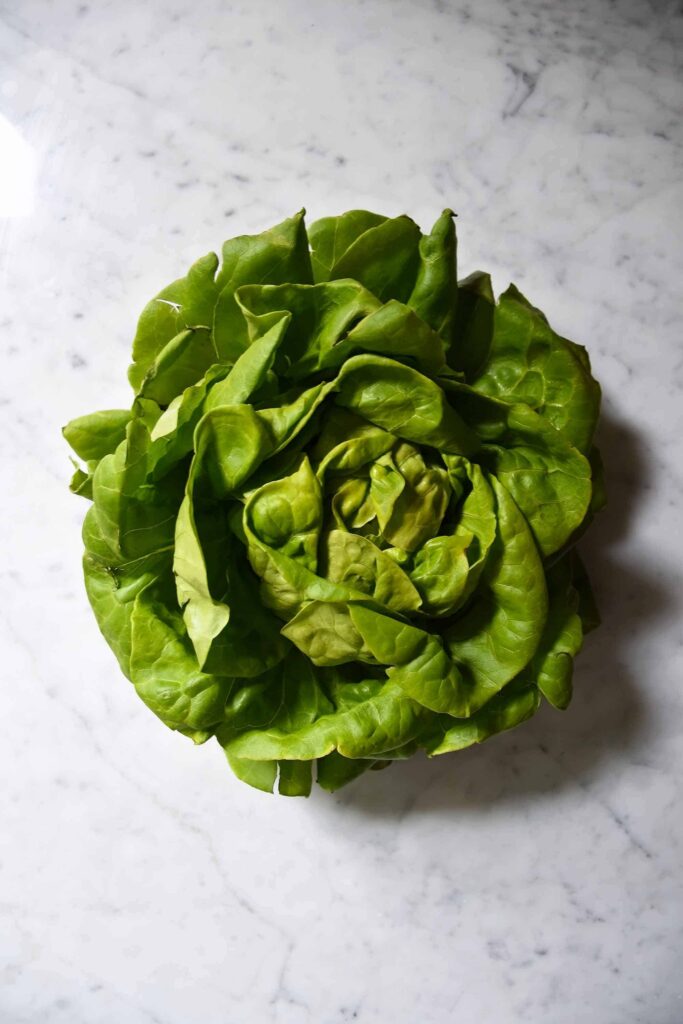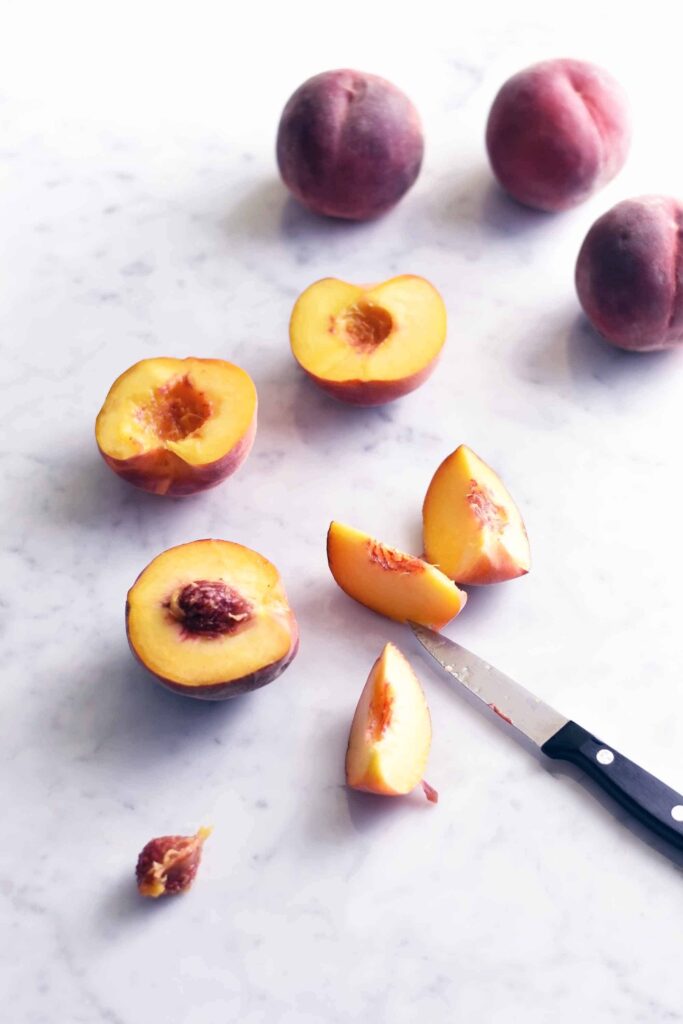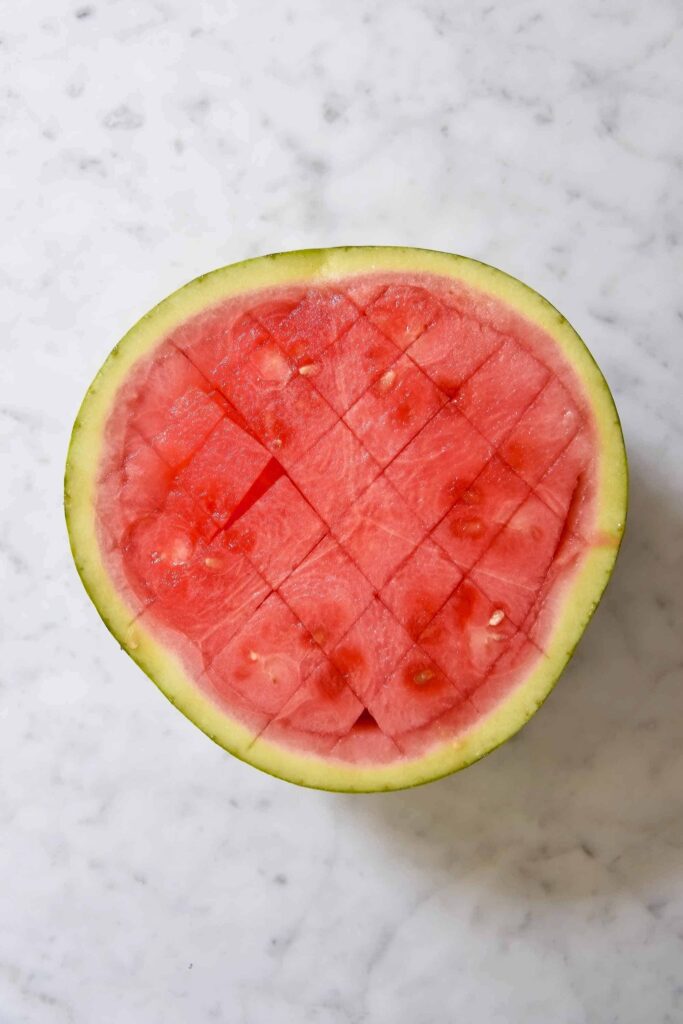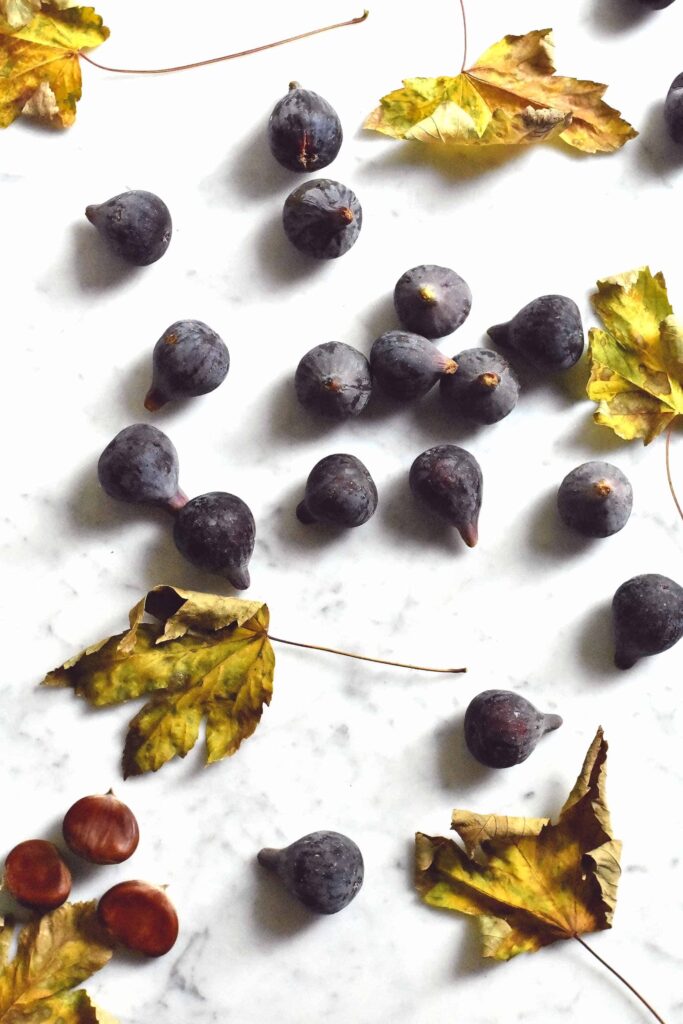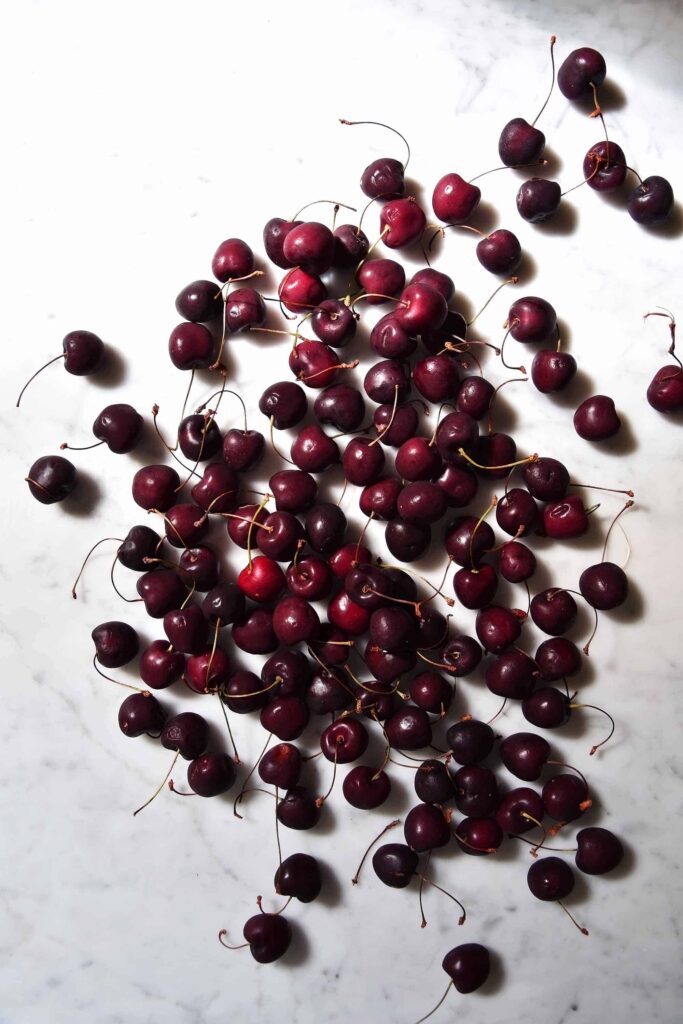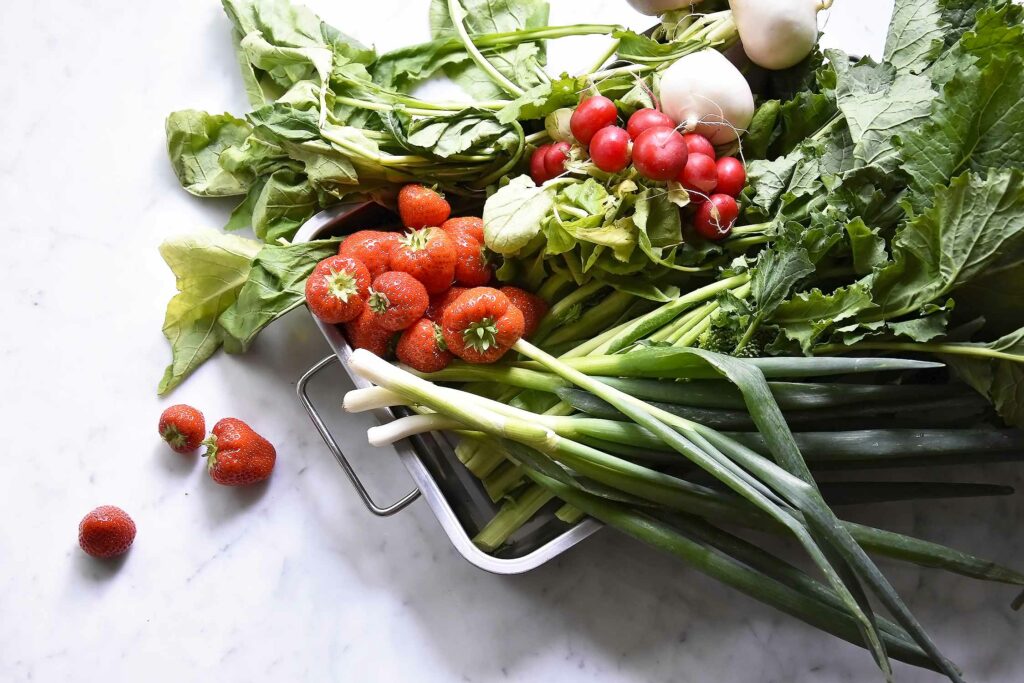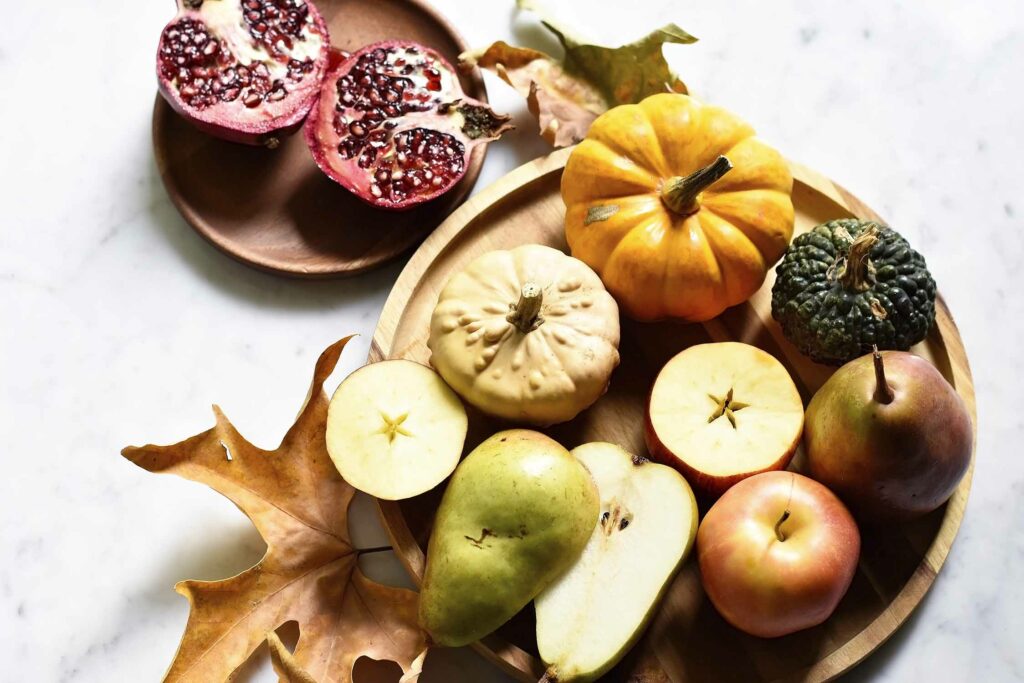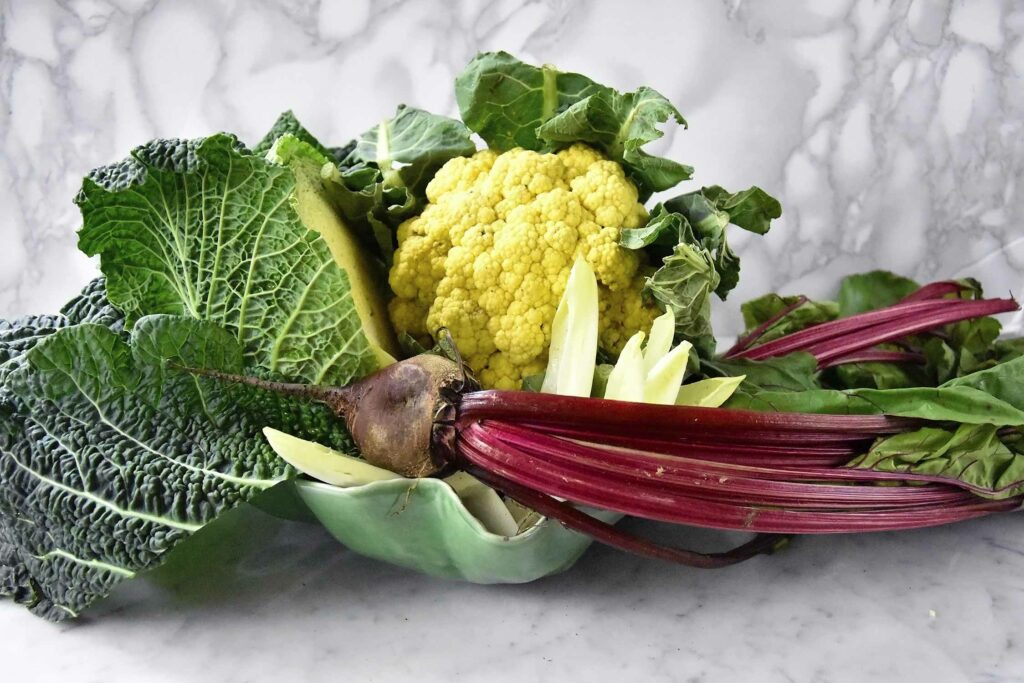SUMMER is here!
The glorious bountiful season with every fruit and vegetable bursting with sunshine and yumminess, is finally here. I think most people eagerly await the signs of spring but rejoice truly when sunny summer sunshine caresses their face and the market stalls are full of bright colours and sharp aromas of soon the be tasty food.
WHAT IS SEASONAL PRODUCE?
Seasonal refers to the moment the fruit and vegetable is harvested when ripe and at it’s peak for consuming.
Whether you buy organic or traditional farmed produce, seasonal is key. However you may want be mindful of what is called the “Clean 15” and the “Dirty dozen”, these lists are made by the US Department of Agriculture.
“CLEAN 15” – refers to 15 fruit and vegetables that have the least amount of pesticide residue: avocados, corn, pineapple, onion, papaya, frozen sweet peas, eggplant, asparagus, cauliflower, cantaloupe melon, broccoli, mushrooms, cabbage, honeydew melon and kiwi.
“DIRTY DOZEN” – refers to 12 fruit and vegetables with the most pesticide residue: strawberry, spinach, kale. nectarine,s apples, grapes, peaches, cherries, pears, tomatoes, celery, potatoes, peppers.
Organic produce can be slightly more expensive but will have no synthetic pesticide residue as they use non-synthetic i.e. natural pesticides low in toxicity versus traditional farming.
The reason to buy organic goes beyond pesticide residue as this method of farming supports more biodiversity and a sustainable ecosystem. Permaculture farming uses natural patterns to grow produce where the ecosystem, caring for the earth, and zero waste are key ethics.

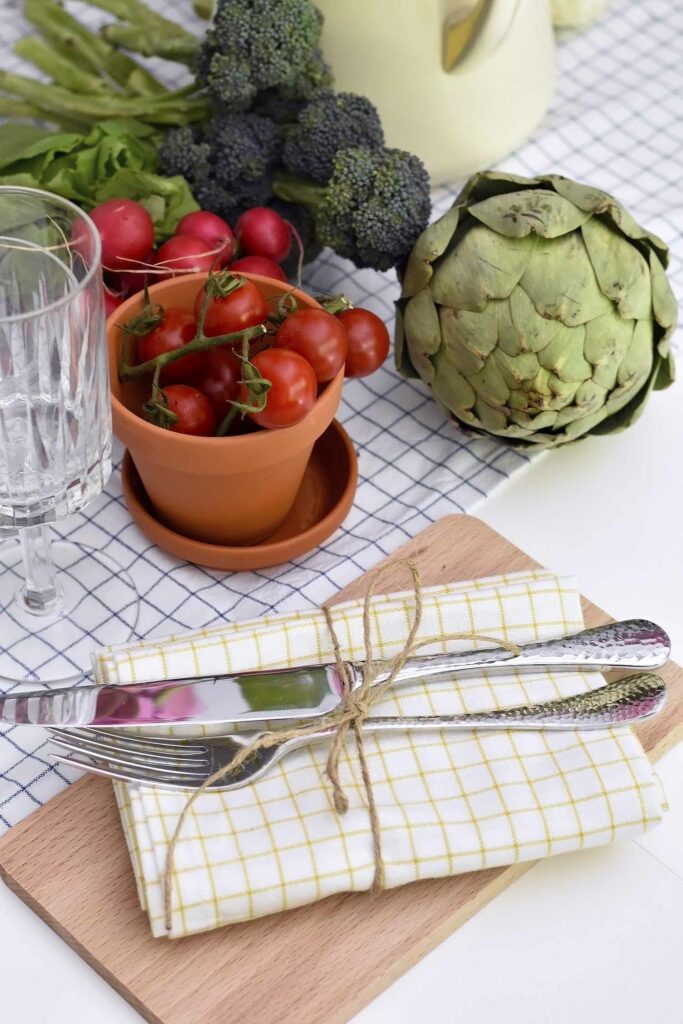
7 BENEFITS EATING SEASONAL
1. Seasonal fruit and vegetables tastes better and ve more flavour because they have been picked when ripe versus ripen in a crate while traveling.
2. It is better for you as they contain more nutrients. When picked early, require cooling for transport and then heating for ripening, you loose heaps of nutritious value.
3. It is cheaper, as cooling, heating and transport costs are huge and you pay for it.
4. By eating seasonal and local you support your local farmers. You practise farm-to-table, click here for my article to learn more about it.
5. You can enjoy variety all year long. Not only looking forward to produce coming in season and enjoying it but also variety in your diet helps you fight disease and viruses.
6. It sparks creativity and pushes you to try new recipes, and not get bored with cooking each week the same dinners.
7. It helps the environment! It reduces the carbon foot print significantly when you eat seasonal (and local). Not only saving on cooling, transporting and heating but also on chemicals and water to add to the ground to be able to produce fruit and veg out of season.
Bear in mind that during the season ingredients evolve in flavour. Following a recipe also means tasting every stage while cooking so you can adjust seasoning and cooking times to find the best balance for the seasonal produce at that time.
Several fruits and vegetables start at the end of one season and beginning of another, some cover 2 seasons. When in doubt what is in season when, just remember to look towards nature and ask “would this be ripe now ?”.
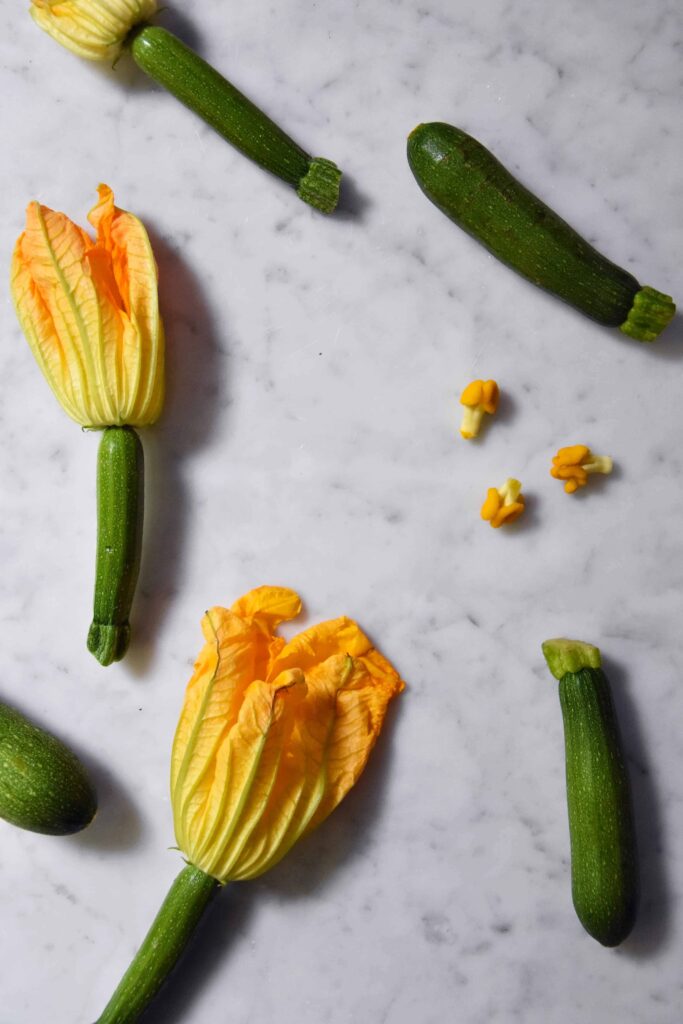
COURGETTE
This vegetable is a real favourite of many but other used all year round, but truthfully it really comes in season in August in Europe.
Check out my courgette frites with Zaathar dip here
My tempura courgette blossoms are just delightful, recipe here
Here the recipe for a veggie-loaded grilled Provencal pizza.
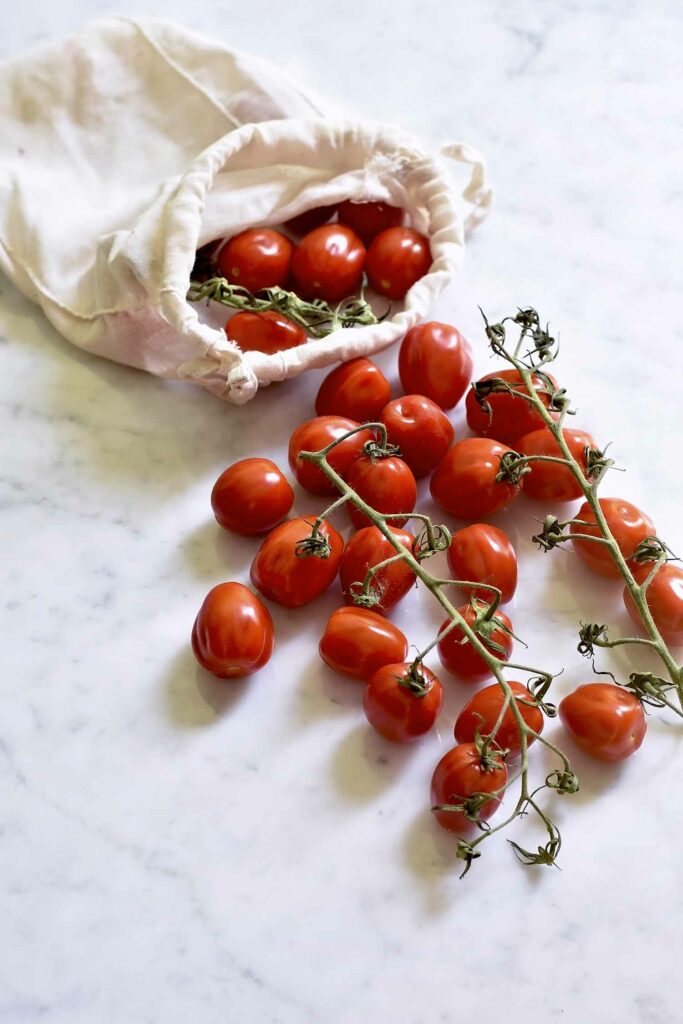
TOMATOES
I am over the moon when I get to bite into my first tomato of the season , so fleshy full of acidic & sweet flavour and soo versatile.
Go classic with little shrimps. recipe here
Serve them with Flemish style cos with Hern and breadcrumb crust, here
Of course summer means gazpacho, my recipe here
And in salads a must, like my sun-filled Nicoise salad, here

PEAS
These little green gems are perfect to eat right out of the pod in the garden so delicious and sweet they are.
Check out my pea and mint hummus and seasonal veg here
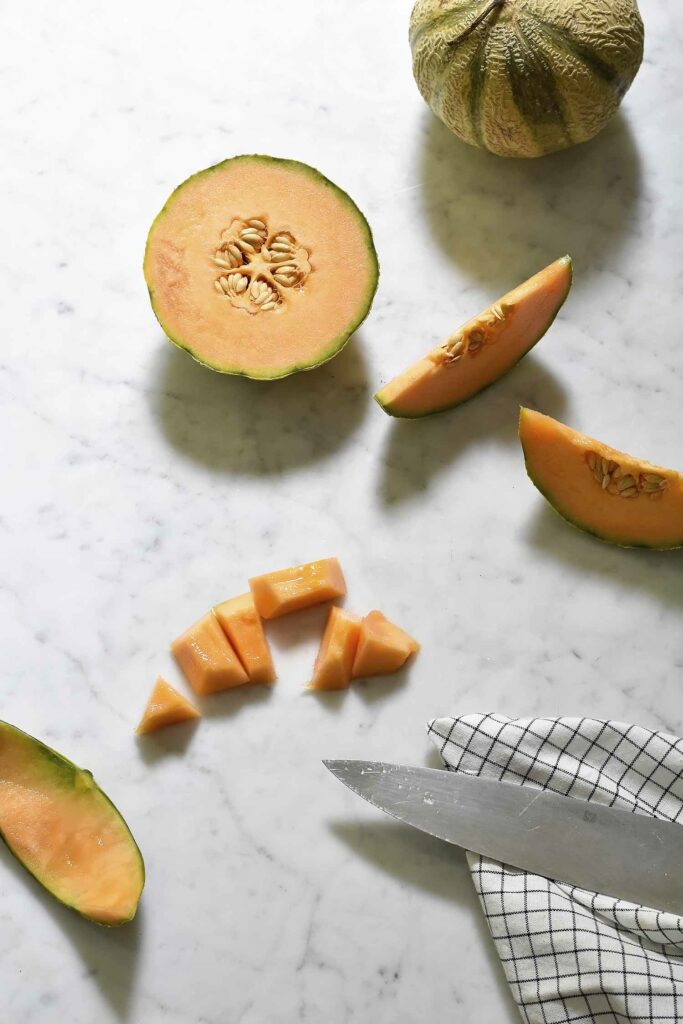
MELON
The sweet juicy flavour screams summer.
Check out my melon sorbet infused with lemon verbena here
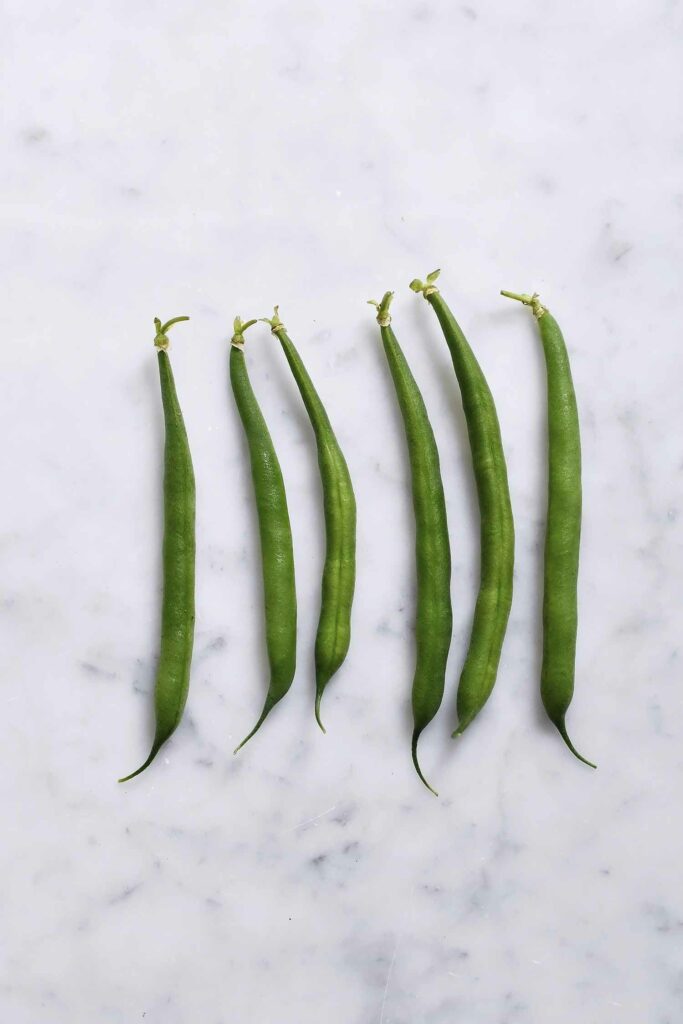
GREEN BEANS
Possible my favourite vegetable tp east almost daily in summer, they are fab in salads or just on their own.
Check out my sun-filled Nicoise salad here
For the complete Seasonal Chart, click here.
Written and photographed by Sandra Slawinski without commercial deals.

